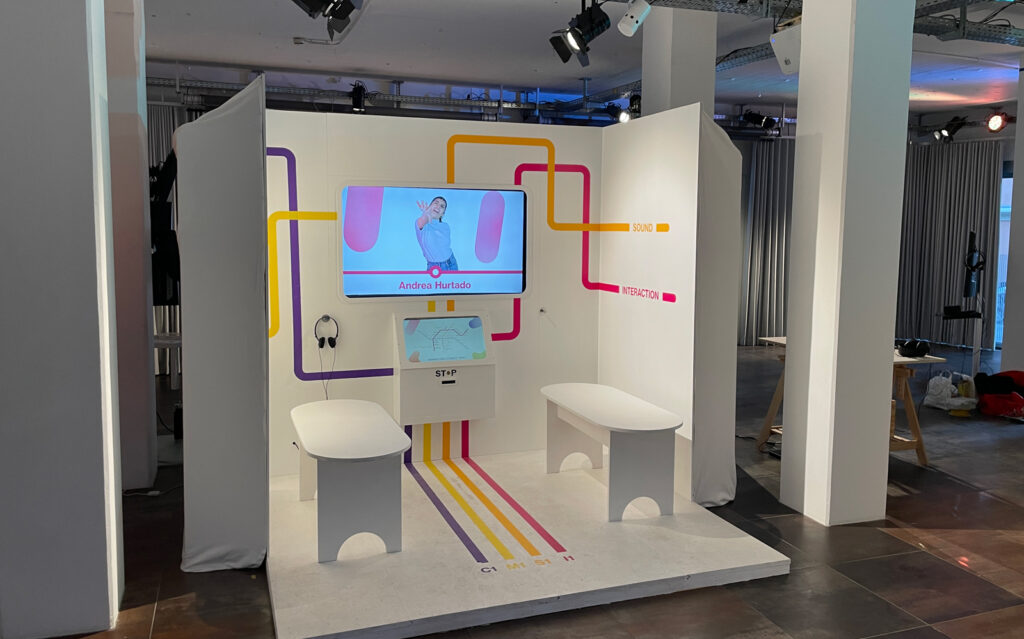Für mein Einzelprojekt habe ich einen kleinen “Apparat” gebaut, der gleichzeitig Sounds abspielen und Düfte in die Luft verdampfen kann. Die Idee war, angenehme/unangenehme Sounds mit “guten” und “schlechten” Gerüchen zu kombinieren um herauszufinden, ob sich hier Gegenwirkungen ergeben.
Der Sound wurde über ein Pure Data Patch auf einem Laptop laufend abgespielt (dazu mehr im nächsten Blogeintrag). Die Düfte über einen Ultraschallvernebler riechbar gemacht.
Als Vernebler kamen “Grove – Water Atomization-Kits” zum Einsatz. Das sind kleine Ultraschallmembranen, die durch eine sehr hohe Frequenz aus Wasser Nebel erzeugen. Die Vernebler sind mit Arduino Boards kompatibel und werden über einen Arduino Code gesteuert (siehe nächster Blogeintrag). Ebenfalls notwendig ist ein Touchsensor, mit dem die Verneblung aktiviert wird.
Symbolbild von Grove

Als Düfte kamen ätherische Öle und Parfümaromen zum Einsatz. Der gute Geruch war Zitrusfrucht, als schlechten Duft habe ich das Parfümaroma “Leder” herangezogen.
DIe Herausforderung war nun, geeignete Gefäße zu finden, in denen die Vernebler platziert werden und einen ausreichend starken Nebel erzeugen können. Nach eingen Experimenten fiel die Wahl auf flache Glassschalen, ähnlich Petrischalen. In den Schalen lagen dünne Küchenschwämme, so lagen die Vernebler stabil auf und der Wasserstand in den Gefäßen konnte so kontrolliert werden, dass ein gutes Ergebnis erzielt werden konnte.

Um eine Verneblung der Düfte in Richtung der/des Nutzer:in zu ermöglichen wurde eine Art Trichter gebaut, der das Austreten des Nebles nach hinten und seitlich verhindert. (Dazu mehr im übernächsten Blogeintrag betreffend Konstruktion).
Die Sounds bestanden aus monoten “schrillen” synthetischen Klängen und als Gegenpart aus angenehmen harmonischen, “friedvollen” Klangebenen.

